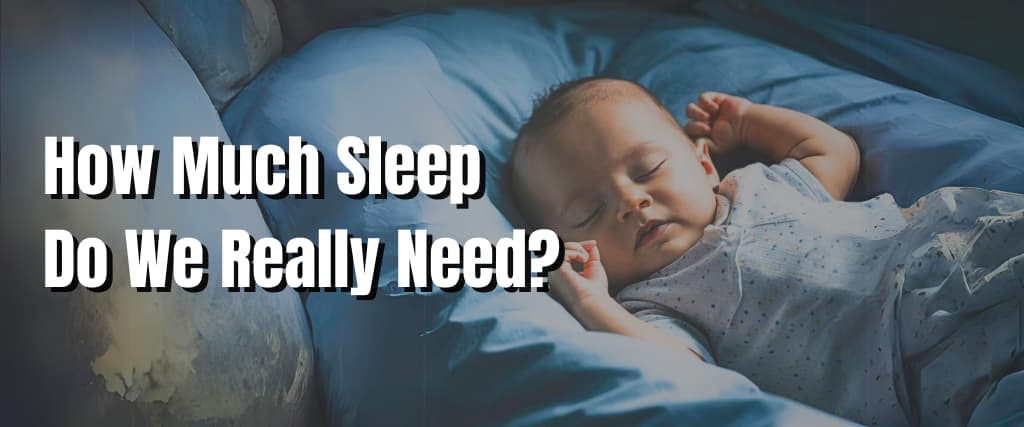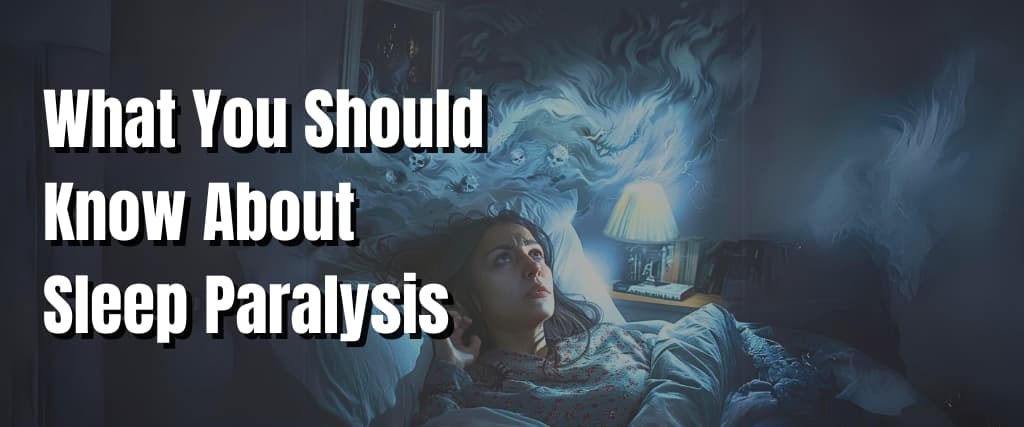Interscapular pain, a dull ache between the shoulder blades, is relatively common. In most instances, this pain results from muscle strain caused by poor posture — standing or sitting in an uncomfortable posture for an extended time. For instance, if you spend a day hunched over your computer, there’s a high likelihood that you’ll experience interscapular pain.
Nevertheless, this pain may not always be connected to muscle, tendon, bone, or joint injuries. In some cases, shoulder blade pain can result from something more severe like gallbladder disease or a heart attack.
This post outlines several possible causes of upper back pain. Additionally, we’ll look into possible treatment options individuals can practise at home to get relief and the appropriate time to consult a doctor.
Causes
Muscle Strains

Straining the upper back tendons or muscles is the most common cause of interscapular pain. This strain can be due to:
- Napping on an unsupportive bed
- Lifting weighty objects
- Poor posture
- Sports or exercise injuries (particularly those involving twisting)
- Standing or sitting in the same position for an extended period
Herniated or Bulging Disc

A bulging or herniated disc in the thoracic or cervical spine, also called degenerative disc disease, can result in severe back pain. People with disc disease usually experience radiating pain in the hands and arms.
Nevertheless, pain can also start at the base of the neck and between the shoulder blades, particularly when bending the neck backward or forward or turning the head.
Other bulging disc symptoms include numbness, weakness, and tingling in the hands and arms.
Trauma

A serious injury like spine fractures, rotator cuff tears, and joint separation can exert pressure on the muscles between the shoulder blades, causing a build-up of tension. Such trauma can result from car accidents, excessive lifting, and sports injuries.
Arthritis

Arthritis in the spine, neck, or ribs can cause shoulder blade pain. In some instances, arthritis in the neck can manifest first in the upper back.
Shingles

Shingles pain may manifest in any body part depending on the nerves affected. A rash usually appears near the pain source. Some signs of shingles include a rash on the upper back and sharp pain between the shoulder blades.
Acid Reflux

Gastroesophageal disease (GERD), or acid reflux, occurs when the muscles at the esophagus base relax and give way for the stomach acid to get into the esophagus. This causes a painful, burning sensation in the chest. Recurrent heartburn can lead to pain between the shoulder blades, hoarseness and strain in swallowing.
Untreated acid reflux can make it hard to sleep during the night. Additionally, it can be a sign of esophageal cancer. If you often experience GERD symptoms, it’s advisable to consult your doctor. A medical practitioner will prescribe something to alleviate heartburn and ease upper back pain.
Fibromyalgia

This condition causes chronic pain all over the body. Fibromyalgia pain begins typically at the bottom of the neck and radiates down between the shoulder blades. You should contact your physician about fibromyalgia treatments if the pain is persistent and accompanied by nausea, fatigue, and migraine.
Cancer
Another potential cause of interscapular pain is lung cancer. This is particularly true in case Pancoast tumours develop. These tumours start in the top part of the lung and usually spread to tissues next to the vertebrae and ribs. If these tumours grow, they may press on the nerves in the lungs and lead to acute pains in the upper back and shortness of breath.

Liver, esophageal, lymphomas, mesothelioma, and cancers that spread to the bone can also cause upper back pain.
Gallbladder Disease
Sharp pains in the upper right part of the abdomen, nausea, and vomiting are usually signs that the gallbladder isn’t functioning well or a sign of gallstones. Nevertheless, gallbladder disease can also cause sharp interscapular pain.
Heart Attack

Interscapular pain can be an indication of a heart attack. This is particularly true for women. According to studies, women usually experience cardiac pain differently compared to men. Rather than chest pain, women usually experience persistent interscapular pain. Sometimes, this pain is accompanied by lightheadedness, dizziness, chest pains, and shortness of breath.
Nerve Compression
Pinched nerve or nerve compression can also cause pain between the shoulder blades. Thoracic radiculopathy occurs when a nerve in the upper part of the back gets pinched. This can cause acute pains between the shoulder blades and chest pains.
Cervical radiculopathy, a compressed nerve in the neck, usually causes weakness and numbness in the hands and arms. This ache can also spread down between the shoulder blades.
Pulmonary Embolism

Blood clots in the limbs that move up to the lungs can result in a sudden and paralysing ache between the shoulder blades. This is called a pulmonary embolism and is usually accompanied by clammy skin, swelling in the feet and legs, fever, sweating, lightheadedness, dizziness, and shortness of breath.
You should seek immediate medical attention if you suspect a pulmonary embolism.
Thoracic Aorta Rupture
A sudden acute ache in the upper back can signify a thoracic rupture or aortic dissection. This occurs when a rupture or tear happens in the inner lining of the large blood vessels that link to the heart. You should contact a doctor immediately if you experience severe upper back pain accompanied by abdominal pain and shortness of breath.
When To Consult A Medical Practioner
From the list above, some causes of interscapular pain may be severe and even life-threatening. If the pain is persistent and disrupts your daily activities or mobility, it’s advisable to contact your doctor.
If any of the symptoms below accompanies the severe pain between your shoulder blades, you should seek medical care immediately:

- Paralysis
- Difficulty speaking
- Lightheadedness and dizziness
- Loss of consciousness
- Fever
- Coughing
- Impaired vision
- Shortness of breath
- Rapid heartbeat
- Sweating
- Redness or swelling of the feet and legs
Your physician will determine the leading cause of shoulder blade pain and suggest the appropriate treatment option. The doctor may prescribe medication, surgery, or physical therapy depending on the diagnosis and prognosis.






